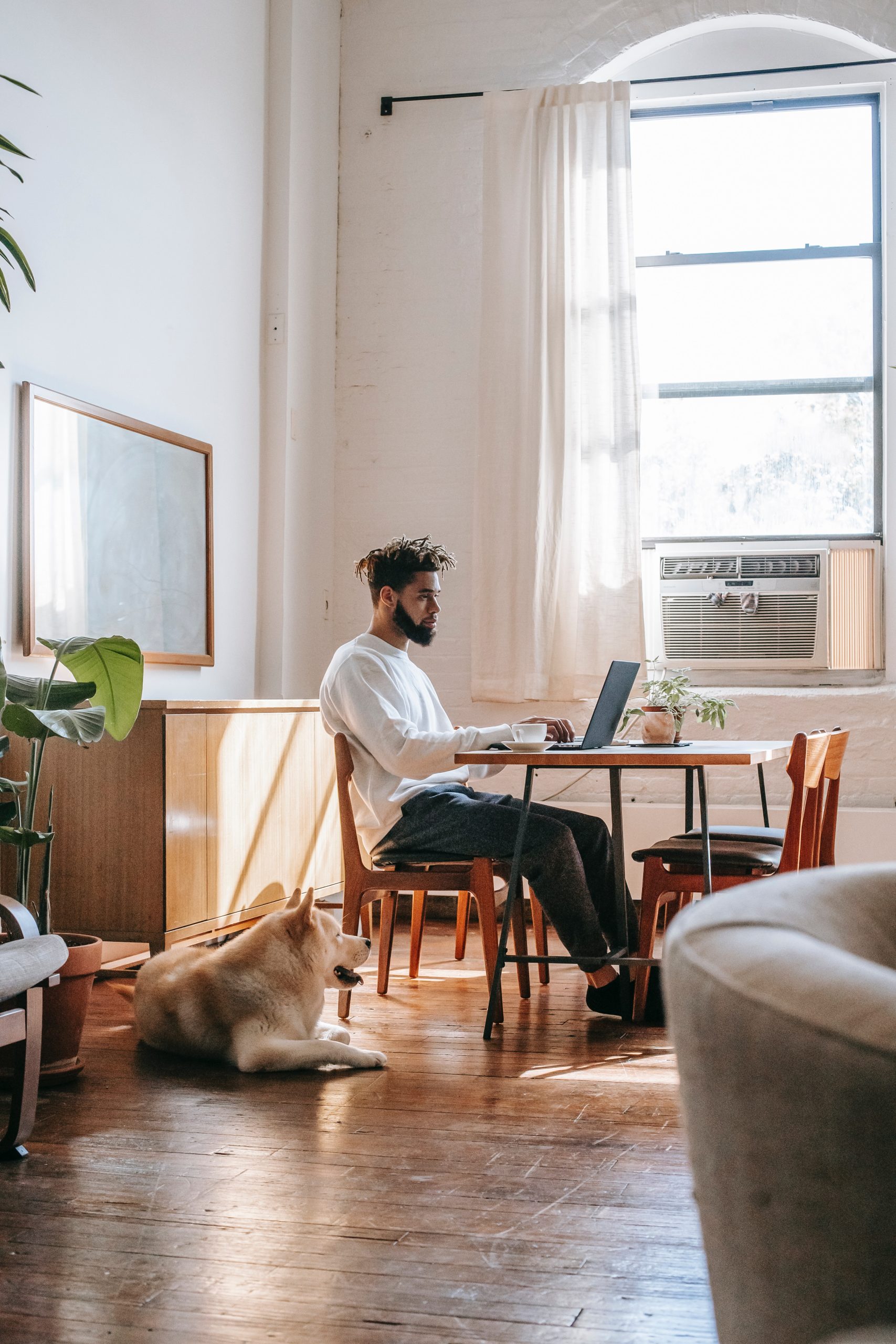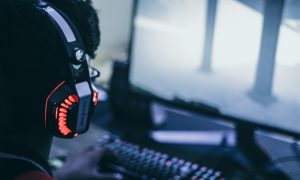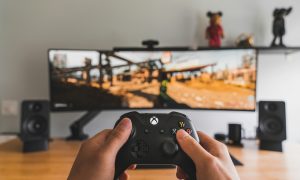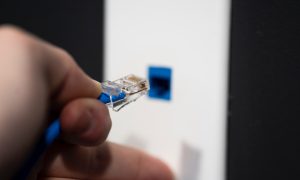Android emulators have become indispensable tools for users who want to run Android apps and games on their PCs. Among the popular options, Nox Player and LDPlayer stand out as leading choices for their features, performance, and compatibility. In this article, we’ll compare Nox Player and LDPlayer to help you determine which emulator is better suited for your needs.

Features and User Interface
Both Nox Player and LDPlayer offer intuitive user interfaces and a wide range of features to enhance the Android emulation experience. Nox Player boasts a clean and user-friendly interface, with customizable settings and advanced options for power users. LDPlayer, on the other hand, focuses on simplicity and ease of use, with a straightforward interface that appeals to beginners and casual users. While both emulators offer similar core features such as multi-instance support, keyboard mapping, and gamepad compatibility, the user interface design may influence your preference.
Performance and Stability
When it comes to performance and stability, both Nox Player and LDPlayer excel in providing smooth and responsive emulation experiences. Nox Player is known for its fast performance and efficient resource management, making it ideal for running resource-intensive games and applications. LDPlayer, meanwhile, prides itself on optimized performance for gaming, with features like GPU acceleration and multi-core CPU support to deliver lag-free gameplay. Ultimately, the performance of each emulator may vary depending on your PC’s hardware configuration and system resources.
Compatibility and App Support
Another crucial factor to consider is compatibility and app support. Both Nox Player and LDPlayer strive to offer broad compatibility with a wide range of Android apps and games. However, occasional compatibility issues may arise with certain apps or games, depending on their requirements and dependencies. In terms of app support, both emulators provide access to the Google Play Store, allowing users to download and install apps directly from Google’s official repository. Additionally, both Nox Player and LDPlayer support side-loading APK files for installing apps from third-party sources.
Updates and Development
Regular updates and ongoing development are essential for ensuring compatibility, security, and performance improvements. Nox Player and LDPlayer both receive frequent updates and enhancements to address user feedback, fix bugs, and introduce new features. However, the frequency and quality of updates may vary between the two emulators. Some users may prefer Nox Player’s more aggressive update schedule, while others may appreciate LDPlayer’s focus on stability and reliability.
Community and Support
Community engagement and support resources are vital for users who encounter issues or need assistance with troubleshooting. Both Nox Player and LDPlayer maintain active communities and support channels, including forums, social media channels, and online documentation. Additionally, both emulators offer dedicated customer support channels for users to seek help and guidance from the development teams. Ultimately, the availability of community support and resources can significantly impact your overall experience with each emulator.
Choosing between Nox Player and LDPlayer ultimately depends on your specific needs, preferences, and priorities. Nox Player may appeal to users who prioritize performance, customization, and frequent updates, while LDPlayer may be more suitable for users seeking simplicity, stability, and ease of use. Regardless of your choice, both emulators offer robust features, reliable performance, and broad app compatibility, making them excellent choices for running Android apps and games on your PC. Consider experimenting with both emulators to determine which one best meets your requirements and provides the optimal Android emulation experience.














